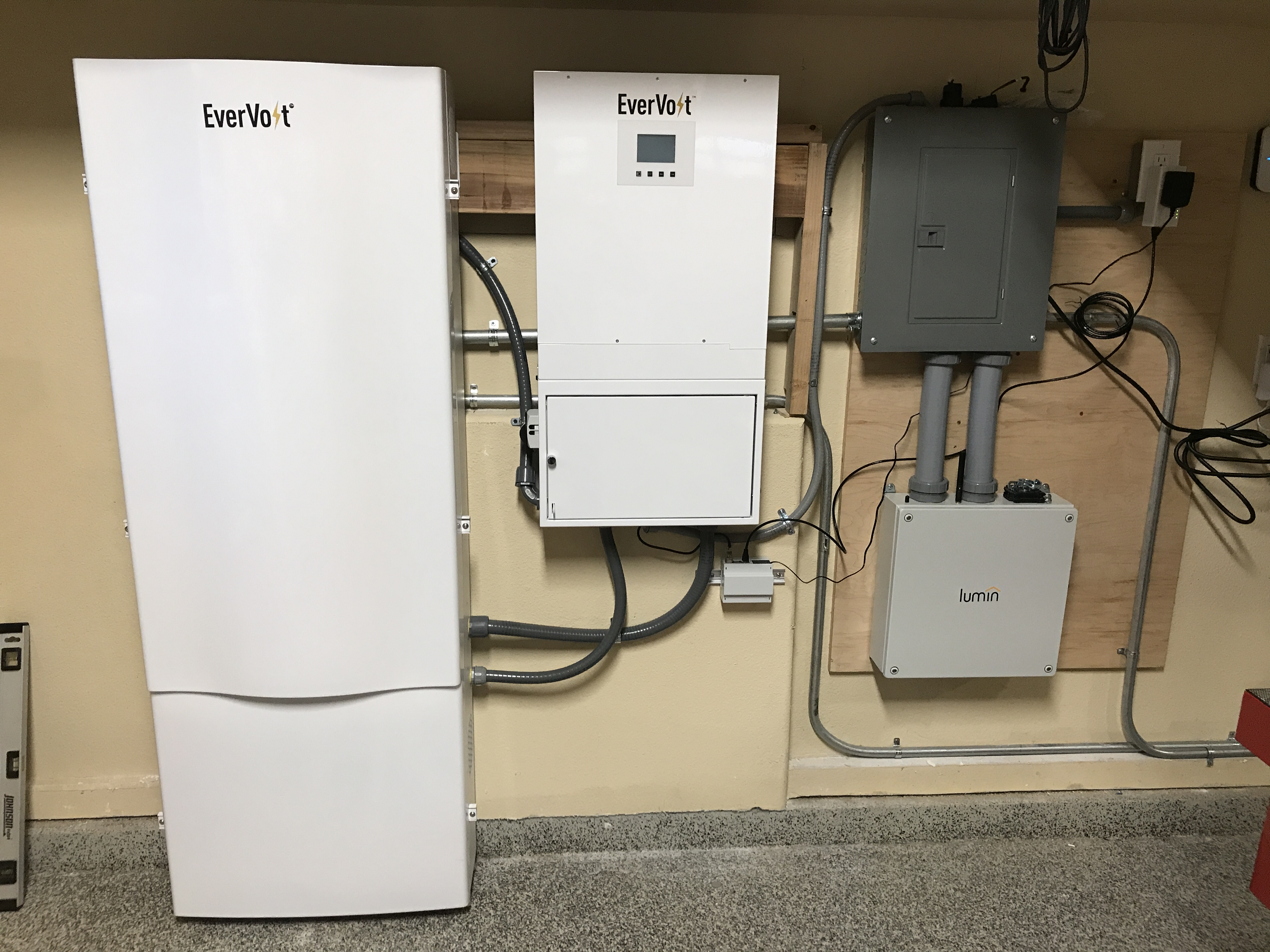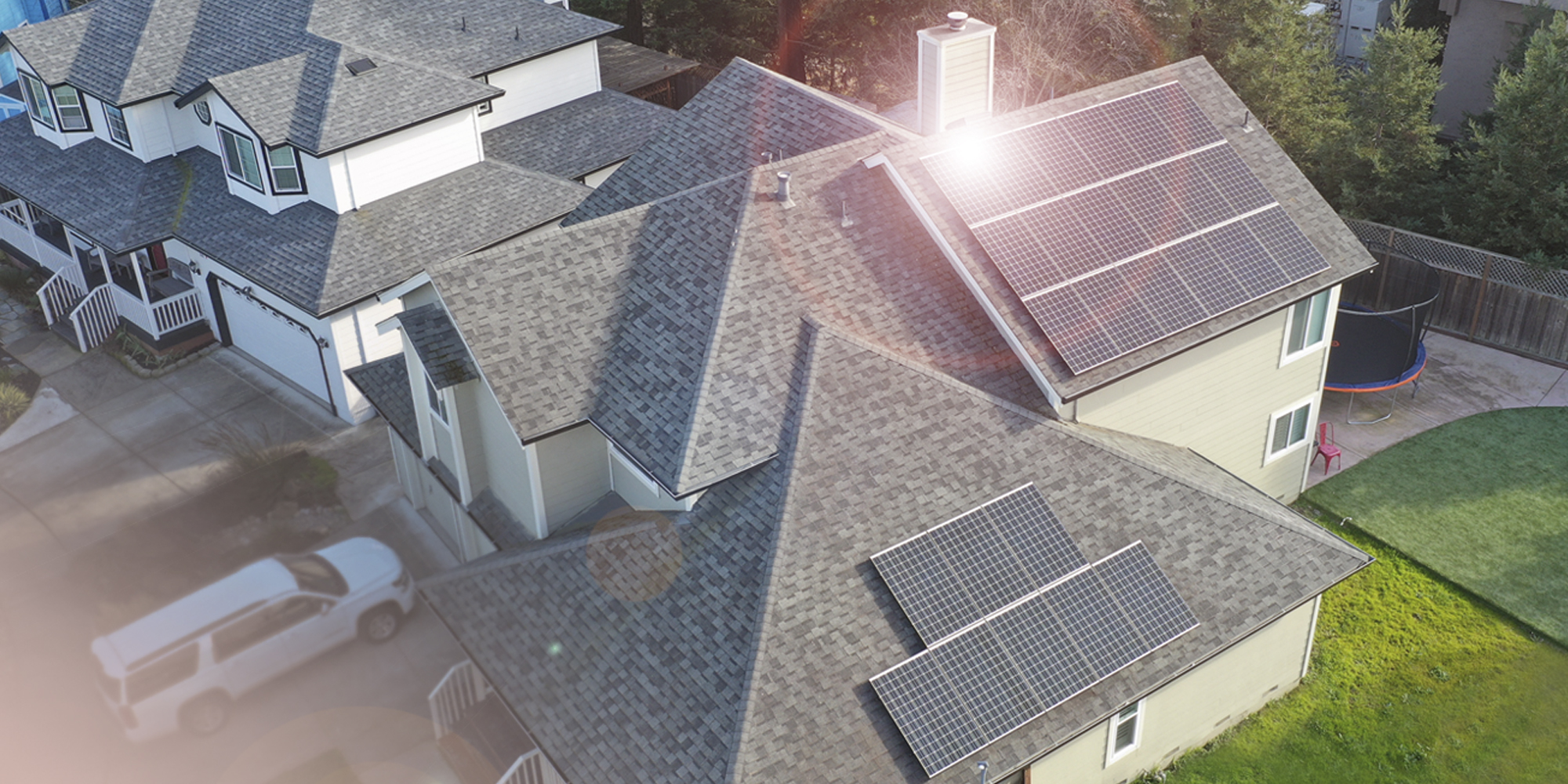The popularity of residential solar storage continues to rise. This article by Greentech Media sheds light on the growing installed base of home battery systems, rising installations in the first quarter of 2020, and coronavirus effects on future forecasts for the battery storage industry.
Residential batteries outperformed the rest of the energy storage sector in first quarter deployments.
The first quarter of 2020 marked the fourth consecutive record for home battery installations, according to the new Energy Storage Monitor, from Wood Mackenzie and the Energy Storage Association. The sector delivered 44 megawatts/102 megawatt-hours, up 10 percent from Q4 2019.
That's all the more striking because home solar installations typically dip in the first quarter of a given year. This wasn't a typical year, though. In the fall, Northern California utility PG&E cut off power to millions of people to avoid starting fires. As the reality sank in that Bay Area homeowners couldn't count on the grid working in a prolonged heat wave, they started taking matters into their own hands.
Solar-paired batteries provide clean, silent backup power for critical loads – or the whole house, if the customer pays for enough battery capacity. California offers grants to cover the cost of batteries to households that are especially affected by power shutoffs.
But the strength of the residential storage market extends beyond California, said Wood Mackenzie Senior Analyst Brett Simon.
"In general, installers across the country have reported growing attachment rates," or the share of solar customers adding batteries, over the past year, he said. "Even as COVID-19 is depressing installation business, installers have reported that attachment rates have stayed mostly flat."
Residential storage handily beat commercial or front-of-the-meter storage in the first quarter. But coronavirus shelter-in-place orders that arrived in late March cast doubt on the industry's ability to keep the growth streak running in Q2. Installers have had to revamp sales and delay some installations based on local rules.
Panasonic EverVolt battery storage installation in a California residence
Slow times for big batteries
Lately, each week brings new announcements of truly gargantuan storage contracts. Southern California Edison signed up for 770 megawatts; PG&E contracted for another 420 megawatts; Hawaiian Electric finalized 460 megawatts of solar alongside almost 3 gigawatt-hour of storage. That was all in the last month.
But the first quarter of 2020 saw very little action for the front-of-meter segment, home to the largest batteries.
A 10 megawatt/10 megawatt-hour system in Texas delivered the most new capacity, followed by a smattering of smaller systems in other states.
WoodMac analysts expect the pace to pick up later in the year. The first quarter tends to be slower for front-of-meter completions. State governments exempted critical energy infrastructure from stay-at-home orders, so major construction projects like the AES Alamitos battery have continued.
The commercial and industrial segment faces a tougher challenge in that their customers – office buildings and other enterprises – largely remain shuttered. The typical business case of demand charge management loses its urgency if the facility lies shuttered and empty.
The ESM's count of "non-residential" storage also includes community solar projects with a storage component. Robust pipelines of those projects have sprung up in Massachusetts and New York, which now trail only California as the leading state markets for this segment. Just a few large projects made up the bulk of Q1 capacity additions in those states; delays due to local policies or COVID-19 precautions could jeopardize these markets going forward.
Forecast takes a hit from COVID-19
WoodMac still expects total U.S. storage installations to double in 2020 and nearly triple in 2021 on a year-over-year basis. But the policies to curb the spread of the coronavirus pandemic are likely to delay at least some projects.
The ESM authors lowered their five-year cumulative forecast by 6 percent compared to last quarter's analysis. That lops about 500 megawatt-hours off the 2020 forecast, or 12.4 percent.
The reductions hit behind-the-meter storage hardest, because of its traditional reliance on face-to-face contact with customers. The non-residential forecast for 2020 fell 44 percent, while the residential forecast dropped 39 percent, which "will certainly be a pain point" for these companies, Simon said.
The actual drop in installations will depend on how long local rules our customer comfort levels preclude installations at homes or businesses. Slowdowns or halts in the permitting and inspection process pose another challenge.
Photo credit: Panasonic Life Solutions
Companies have more control over their customer acquisition process. The major rooftop solar installers pivoted to online sales from largely in-person sales in the early days of quarantine, but hard numbers on the success of that transition won't be available until publicly traded companies report second quarter earnings.
"Early signs show the shift to virtual sales for residential installers has been more successful than many in the industry initially thought it would be," Simon said. "Still, it remains to be seen if this can make up the volume that would normally come from in-person touchpoints which was crucial for many installers."
Lastly, the health of the market will be influenced by the intensity and duration of the broader economic downturn, which is still unknown.
This article was written by info@greentechmedia.com from Greentech Media and was legally licensed through the NewsCred publisher network. Please direct all licensing questions to legal@newscred.com.







